 In real life, newborn babies are very different from “glossy” babies. The uneven color of the skin, wrinkled arms and legs usually do not scare newly-made parents, because it is clear: the baby has recently been born, in a new environment for itself. However, when the skin flakes in newborns, some mothers begin to panic, taking this natural phenomenon for the disease.
In real life, newborn babies are very different from “glossy” babies. The uneven color of the skin, wrinkled arms and legs usually do not scare newly-made parents, because it is clear: the baby has recently been born, in a new environment for itself. However, when the skin flakes in newborns, some mothers begin to panic, taking this natural phenomenon for the disease.
Peeling of the skin can spread throughout the body from the head to the heels, but it does not pose any threat to the newborn baby.
Why is skin peeling
The reason for peeling the skin in newborns is very simple: it is a reaction of the skin to a new environment.
Before birth, the baby was in a liquid, after birth, the baby enters the airspace. Our skin is protected from the environment by an invisible grease film that helps retain moisture. The baby’s sebaceous glands have not yet established their work, in addition, the baby’s skin is very thin and delicate. In the first 2 days, the so-called primordial lubricant is stored on the baby’s skin, and then the skin remains virtually unprotected, so it can dry out and peel off.
In some cases, the skin may peel off due to an allergy to cosmetics or products. An allergic reaction, in addition to peeling, is always accompanied by redness, rashes. If these symptoms do not exist - why not worry, this is the usual stage of a child’s getting used to living in new conditions.
What to do when peeling skin
Since this is not a disease, nothing can be done.
The skin of babies peels off the first 2-3 weeks. Gradually, the body adjusts to contact with air, the sebaceous glands begin to work and provide lipid protection to the skin, and peeling passes.
If the appearance of flaky crumbs is alarming, mono focus on softening and moisturizing the skin.
- "Milk crusts" on the baby's head can be removed during bathing. To do this, lubricate the head with a cosmetic or sterilized edible vegetable oil 20 minutes before bathing, and then comb out with a brush. You can do without oil: while bathing, lather the head with baby shampoo, and after a couple of minutes using a brush to remove the crusts.
- The arms, legs and body can be softened several times a day with a moisturizer or oil. It is especially important to do this after contact with water.
What definitely should not be done is to try to remove the crusts “dry”. During this procedure, you can injure the baby's skin or provoke severe irritation.
Prevention of peeling of the skin in babies
Since it is impossible to completely avoid peeling of the skin, some measures can slightly soften this process.
- Do not use ordinary soap and other skin-drying products for bathing. It is better to use special baby bathing gels or decoctions of herbs.In general, detergents are not advisable to use daily. A child can be bathed simply in water, and use gel or other means 1-2 times a week.
- Bathing your baby is not more than 2 times a day. After each bath, you can apply a moisturizing baby cream or lubricate delicate skin with oil.
- It is important to monitor the humidity in the house. In dry air, the skin loses moisture faster and will peel off even more.
As we have already said, peeling of the skin does not cause any inconvenience to the baby himself. Crusts on the head can persist for up to a year, peeling of the skin of the body and limbs, as a rule, passes in a few weeks. The more carefully we intervene in the adaptation process, the sooner the baby’s body will cope with the situation.
Further: crusts on the head - how to remove?
Read on the topic of care:

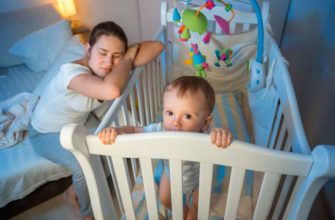
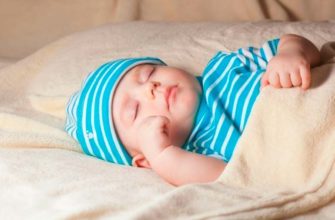
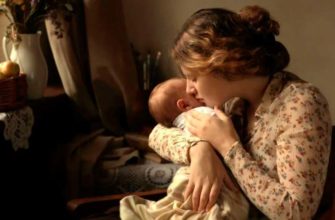
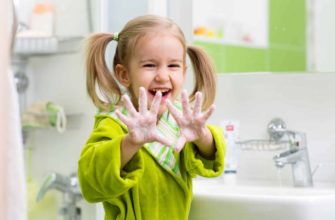
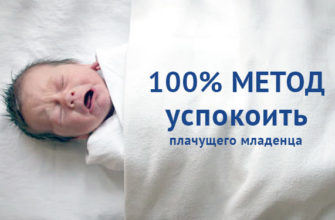
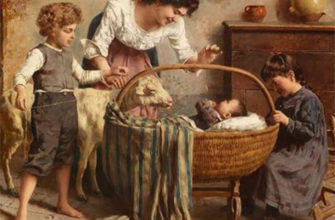
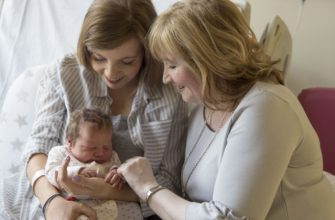
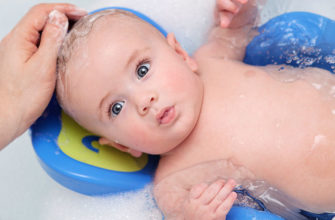
We also had such crusts, at the beginning I was very afraid to comb them, but my mother insisted. We put warmed olive oil on the child’s head, put on a hat, waited 10 minutes, and then combed the crust with a comb. After a week, the procedure was repeated and there was no trace of crusts!
I was very scared when the child began to peel off the skin. I tried milk from Bubchen, but it did not help. The doctor advised bepanten and reassured me that all infants under one year old and that this will pass.
Good article! On my own, I’ll add that it is important to monitor air humidity especially in winter. Heating dries the air, which even in adults begins to peel off the skin + too hard water from the tap brings its negative effect. I advise you to purchase a humidifier and a humidity thermometer. It will be useful for you and your newborn miracle!
And zdlandia chamomile extract helps us. I add with every bath. The child's skin was peeling, after bathing everything went well, nourishes and moisturizes the skin very well. It is very convenient that you do not need to make herbs, everything is ready.
Crusts, of course, need to be combed out very carefully. And I smeared dry skin on a body with a visible. At one time I bought belanten. But it is more expensive and did not help us much. In the end, I completely switched to visible. And now I constantly keep it in the medicine cabinet.
You can comb out the crusts only by pre-softening them with oil (I heated the olive in a water bath in a separate bottle to disinfect, and then wet the crusts with a cool one and combed it).
And about visible - I know this ointment, I use from cracks on the lips. Is it really possible for newborns?
My skin not so long ago peeled off, only the course of the norm spectrum helped. I thought already, my problem was transmitted to the baby. Pediatricians reassure, they say, everything will pass. But I still somehow anxious ...
My daughter’s skin was dry from birth, we bought a humidifier, and a pediatrician advised me to buy Lipobase Baby products, bathing oil, emulsion and cream. It softens the skin perfectly, peeling is gone, the skin is soft and supple!